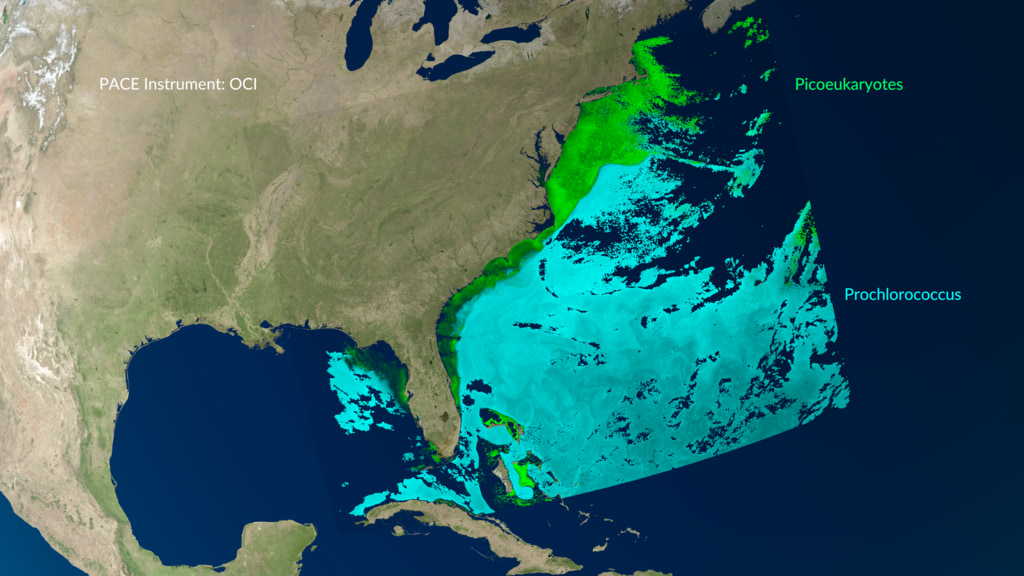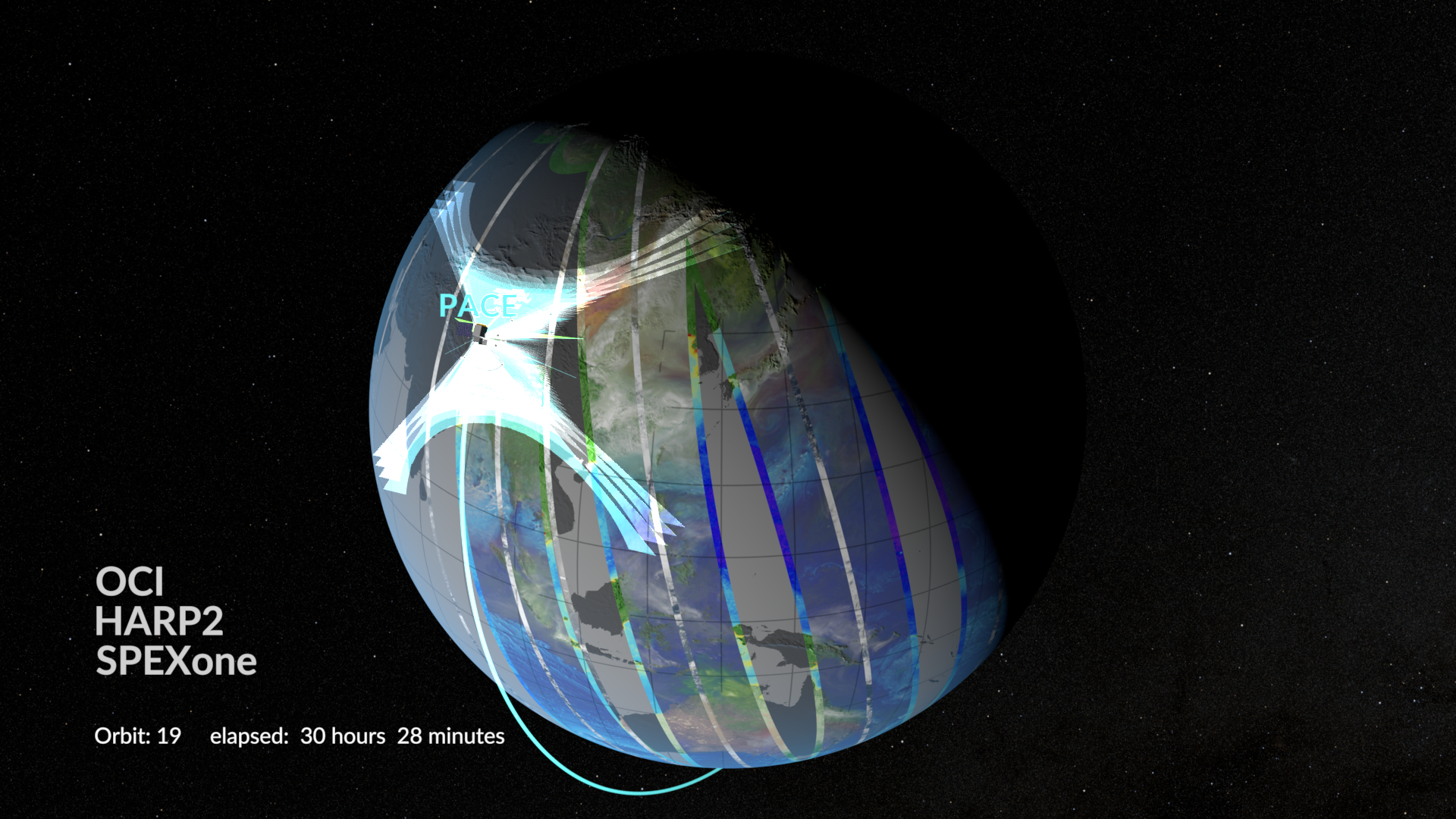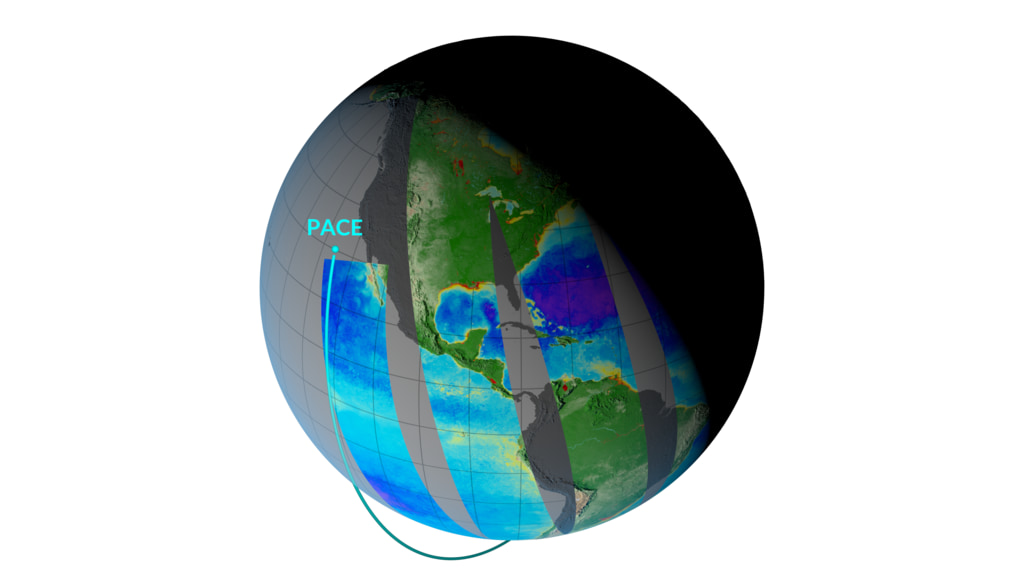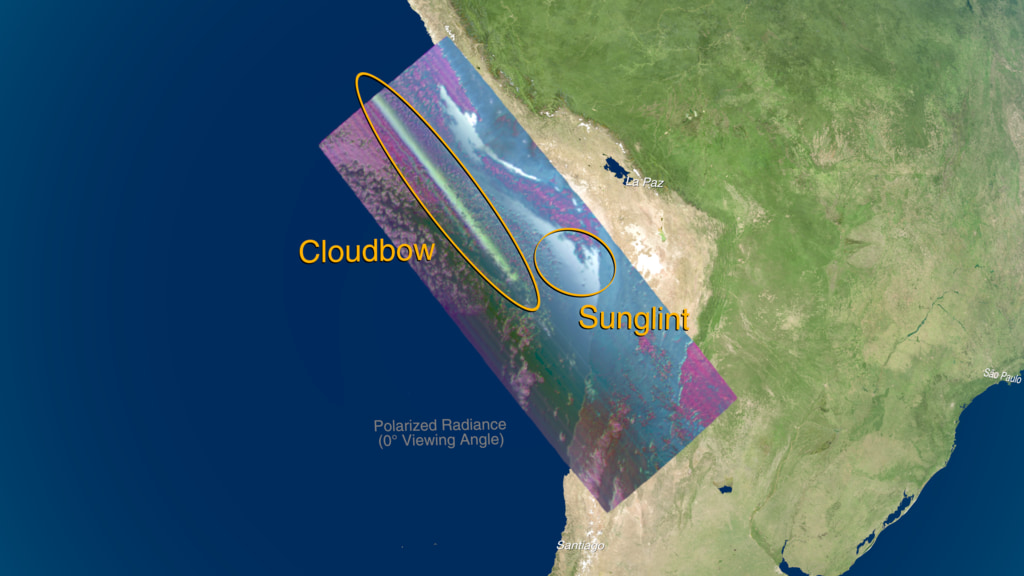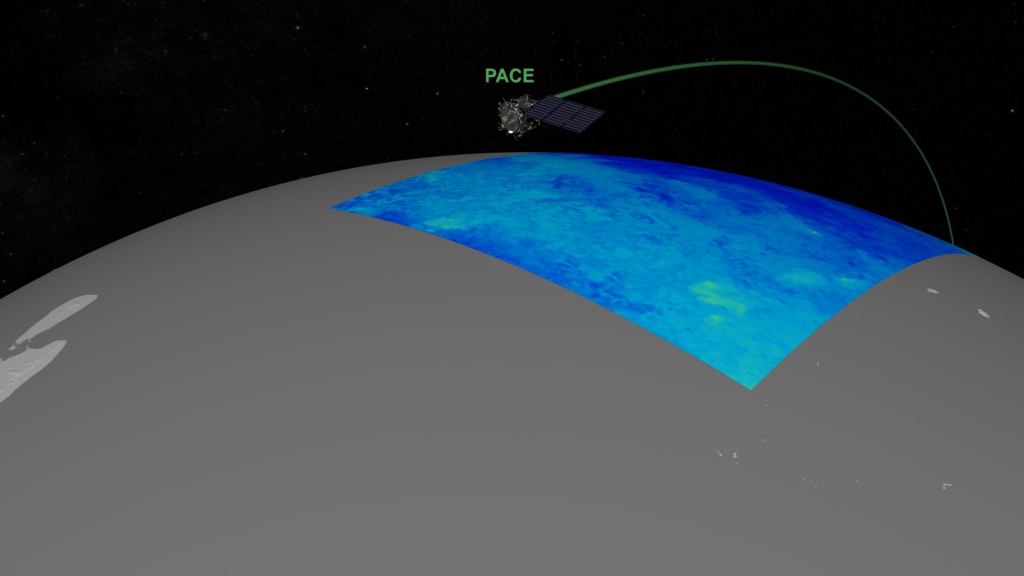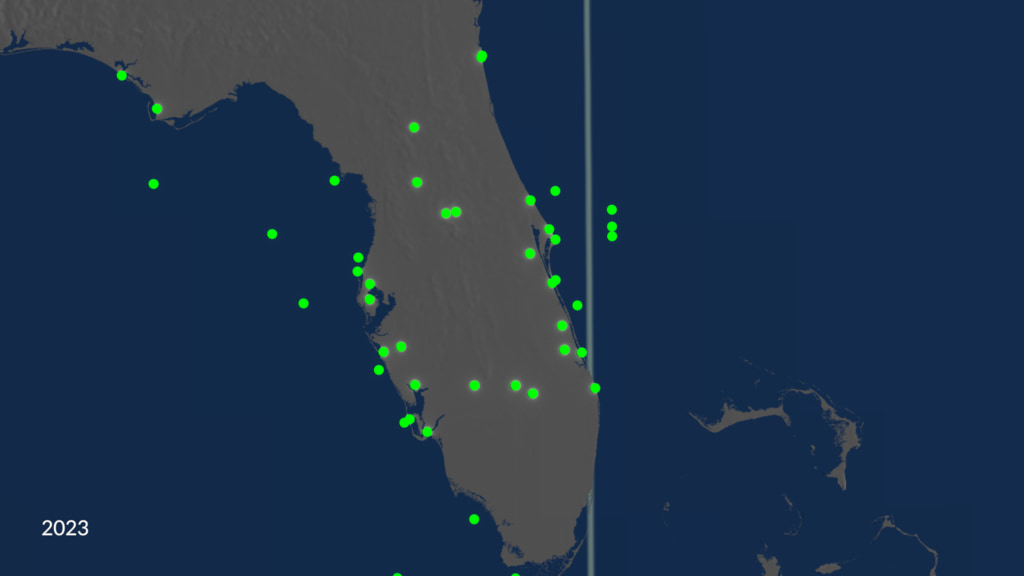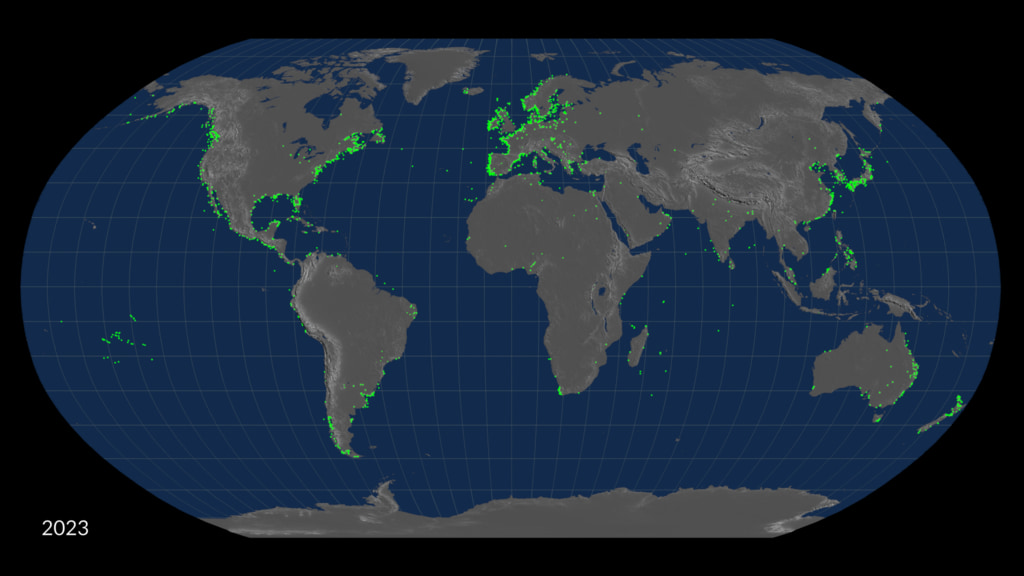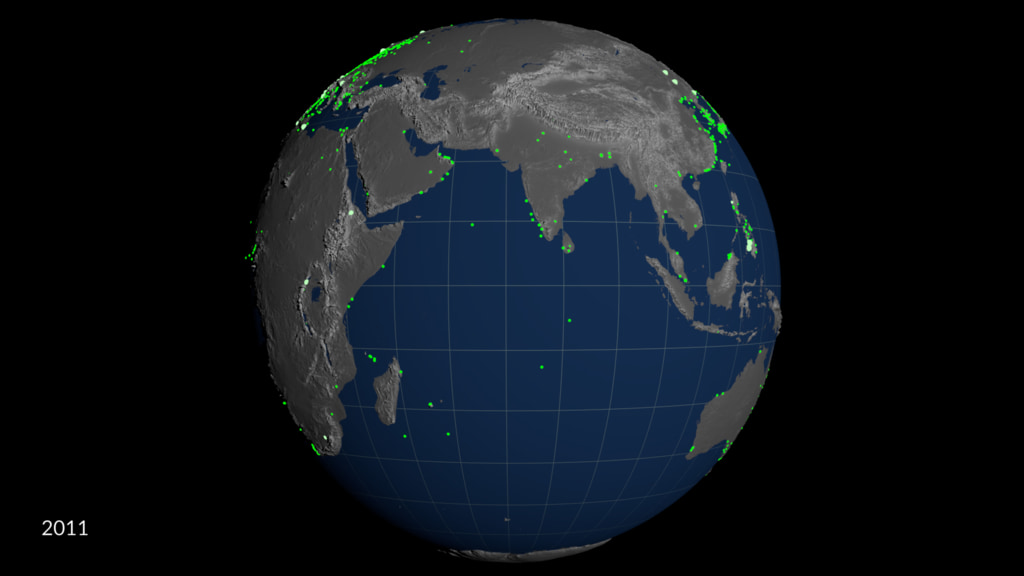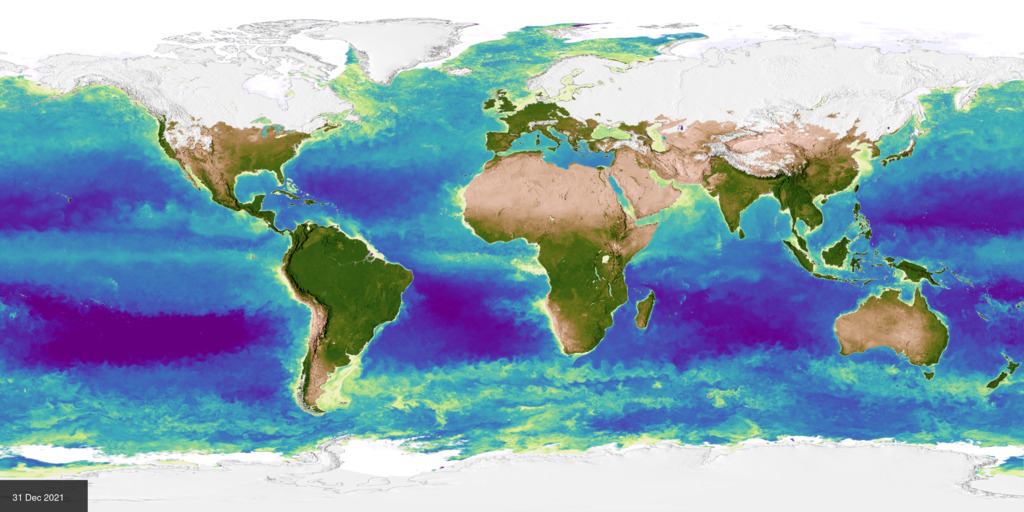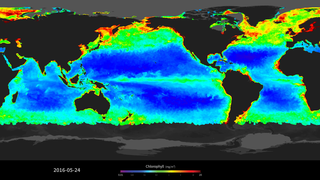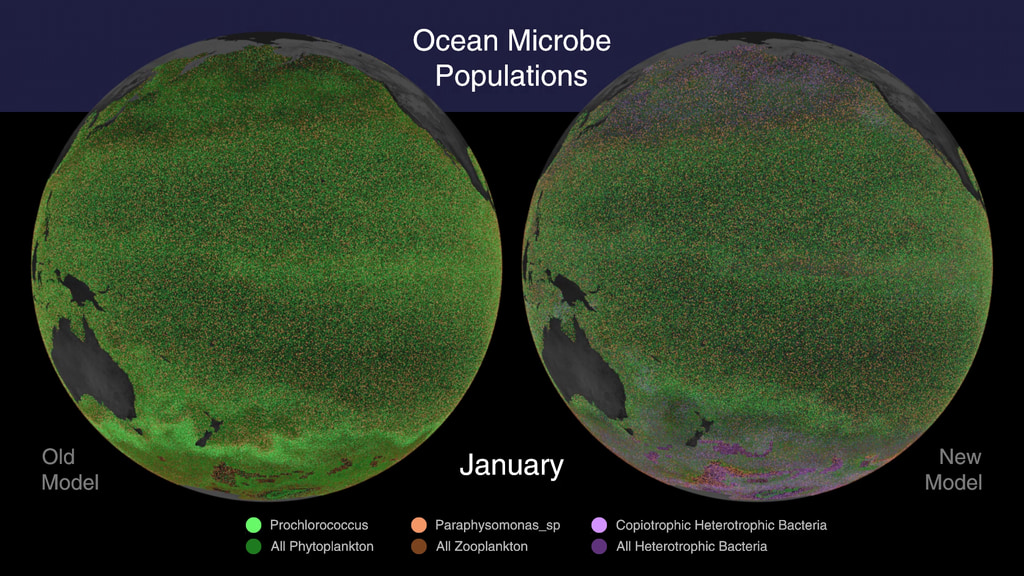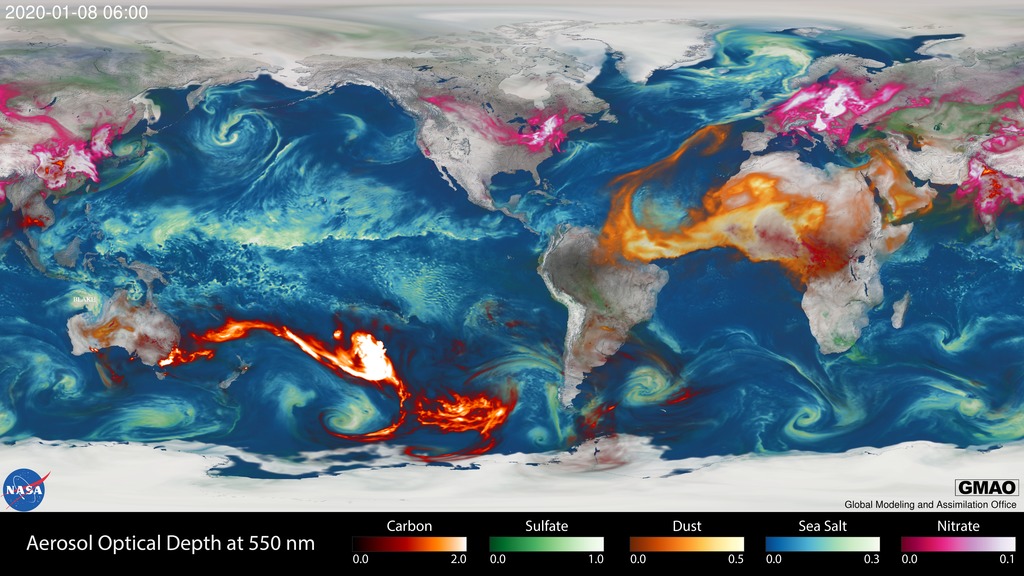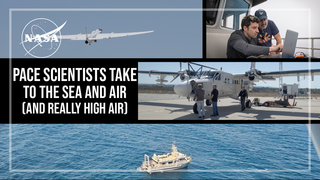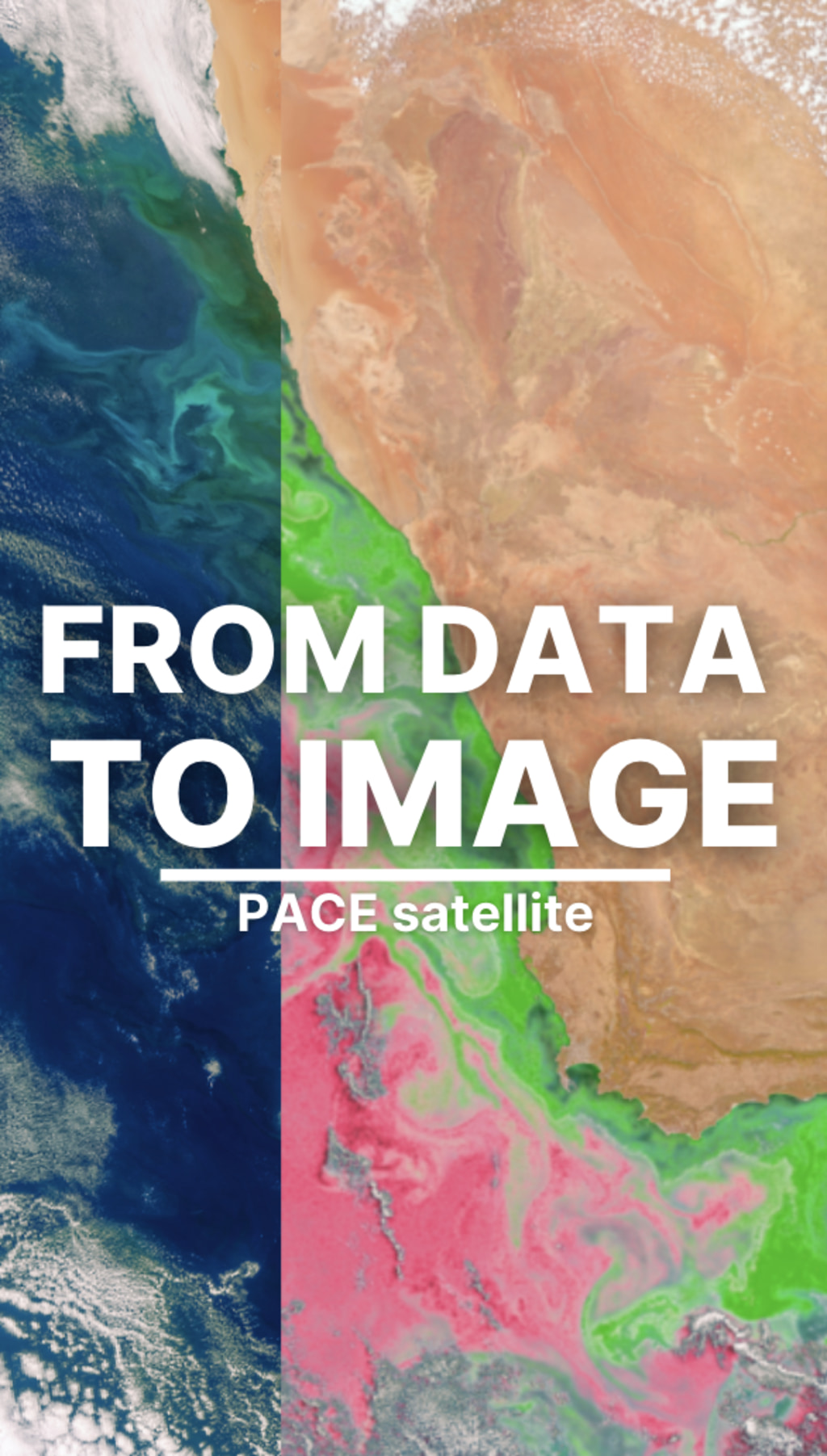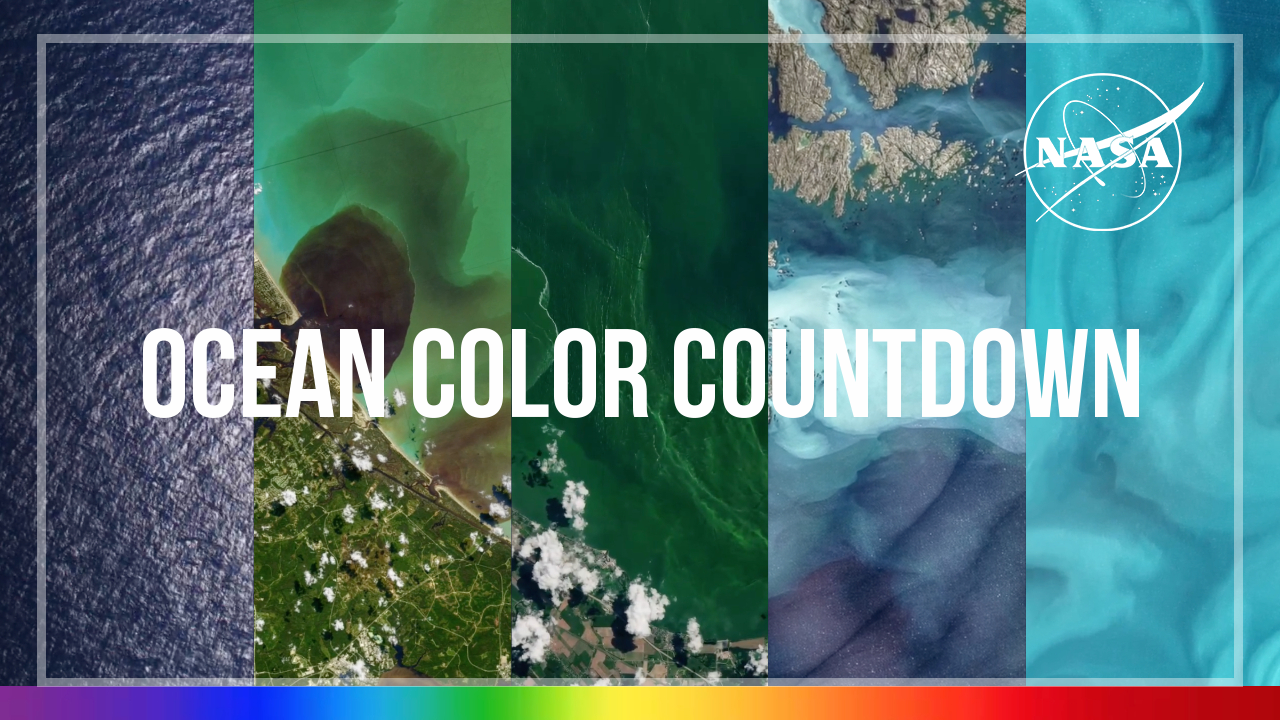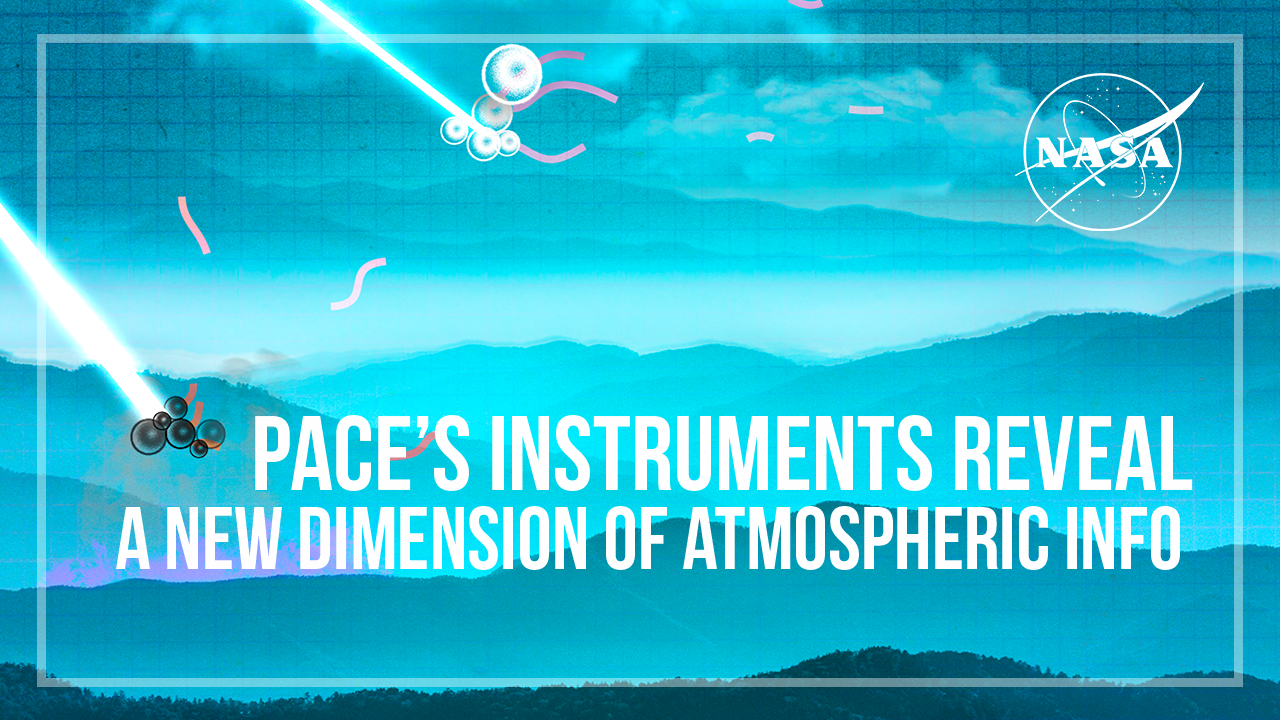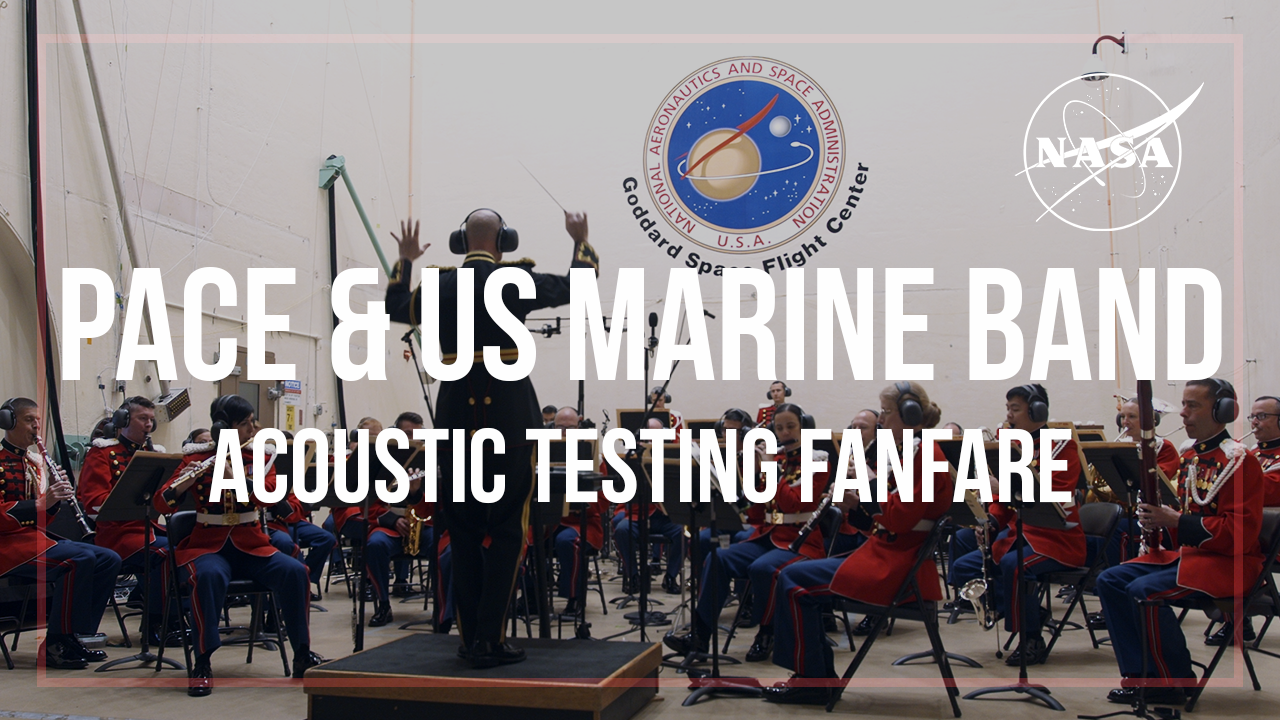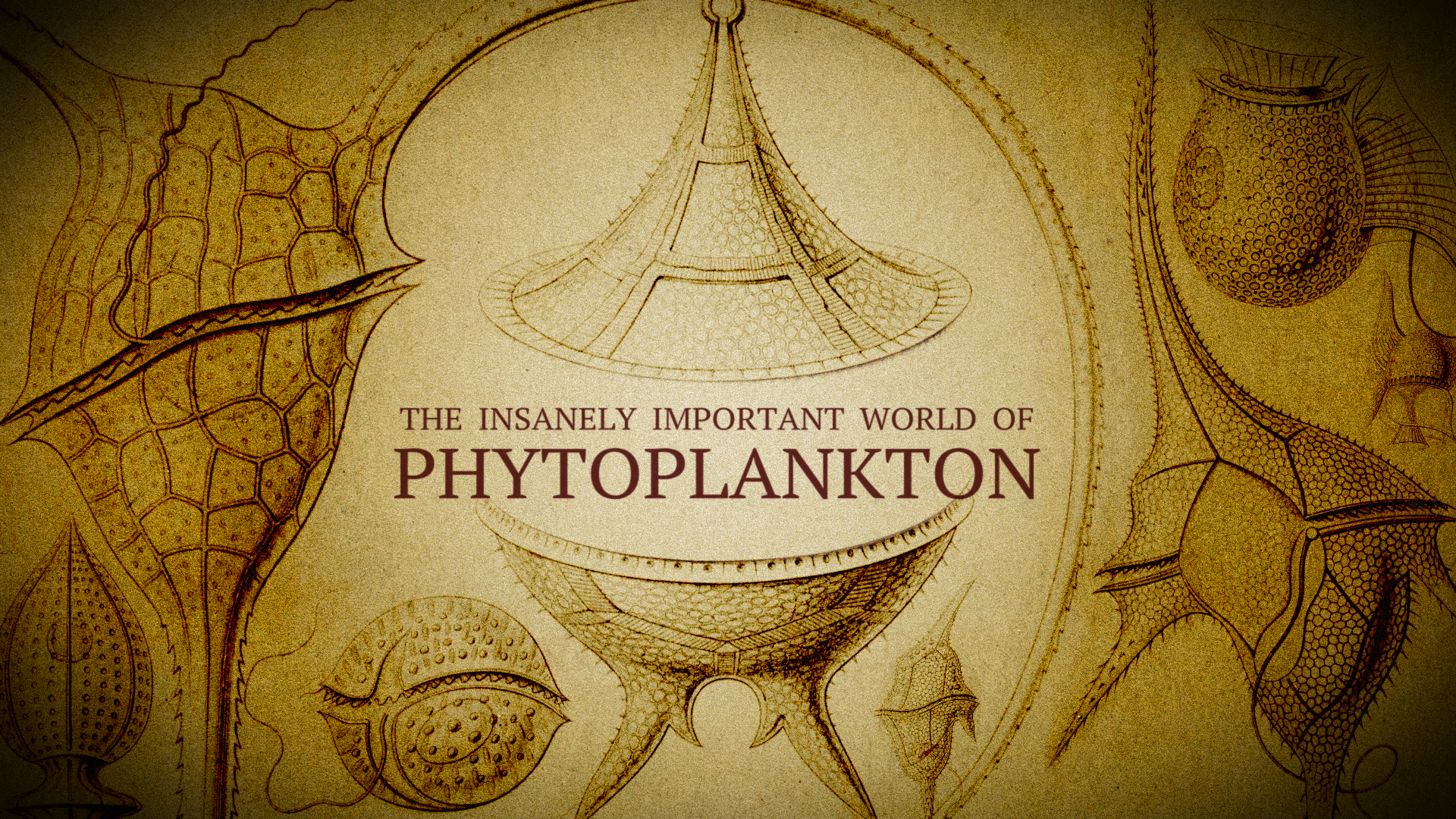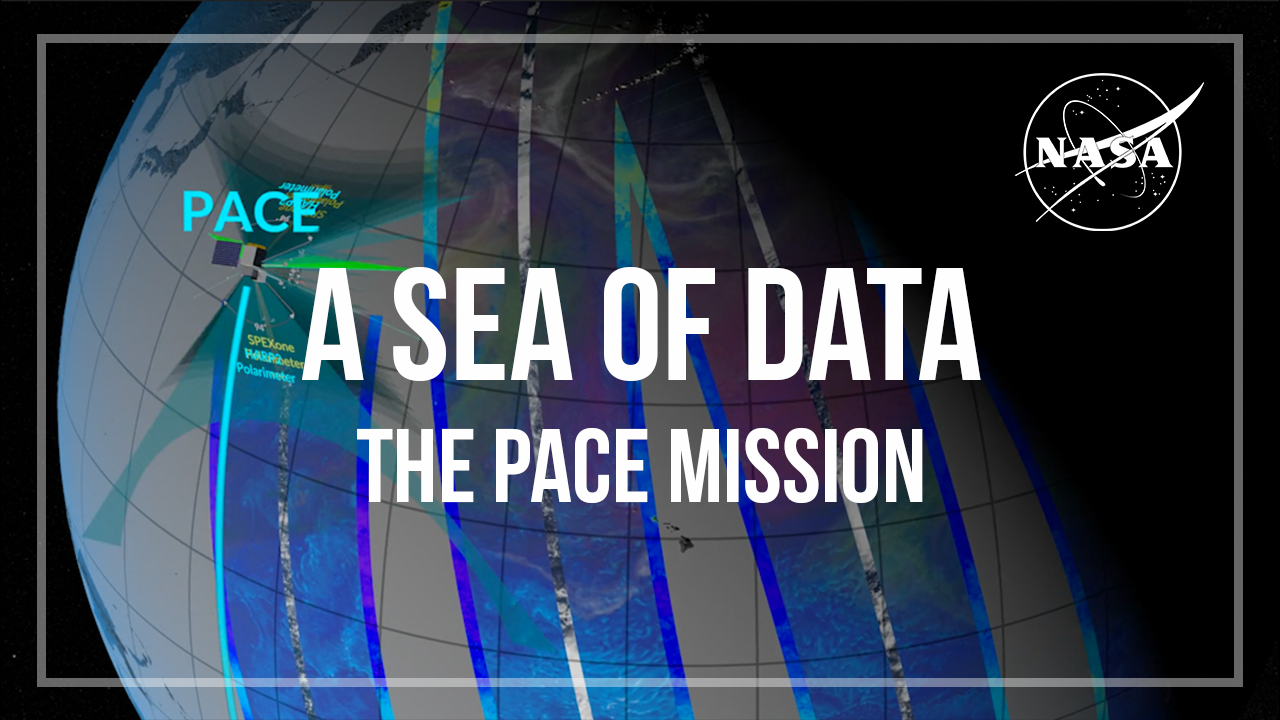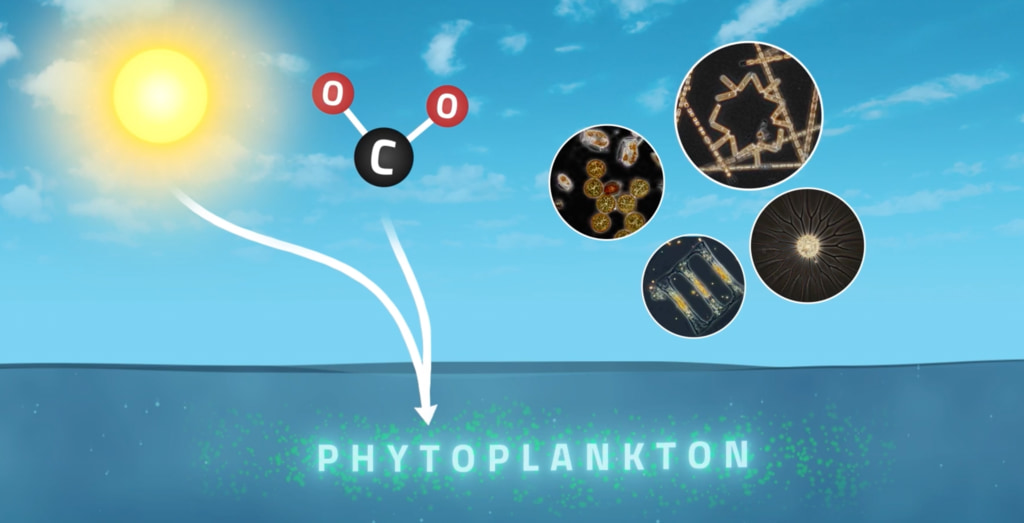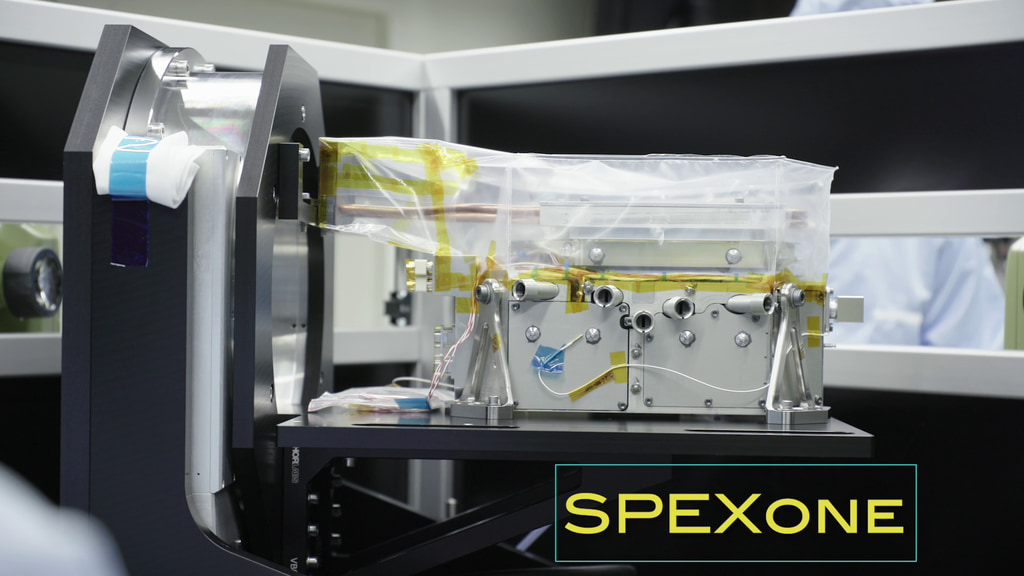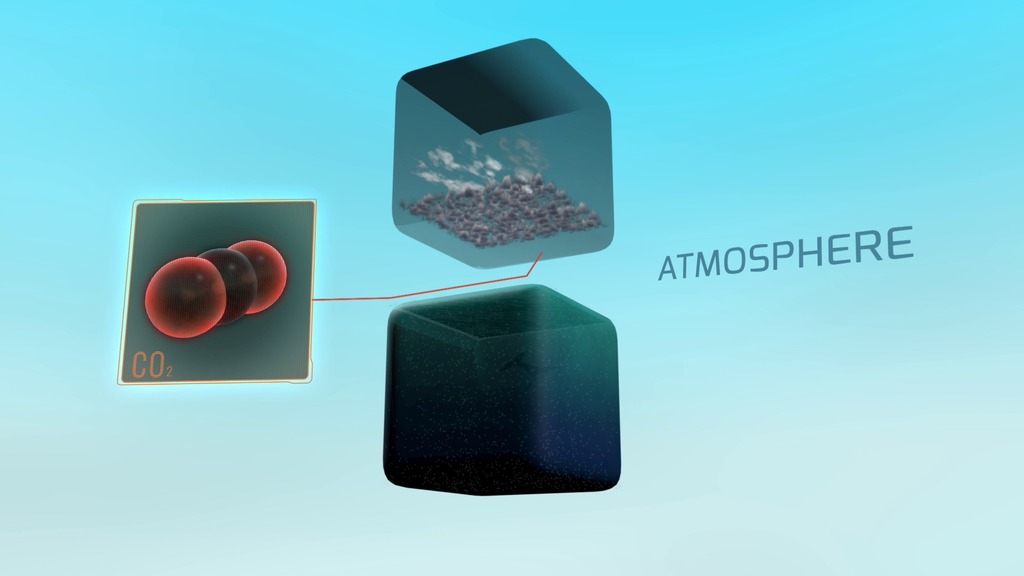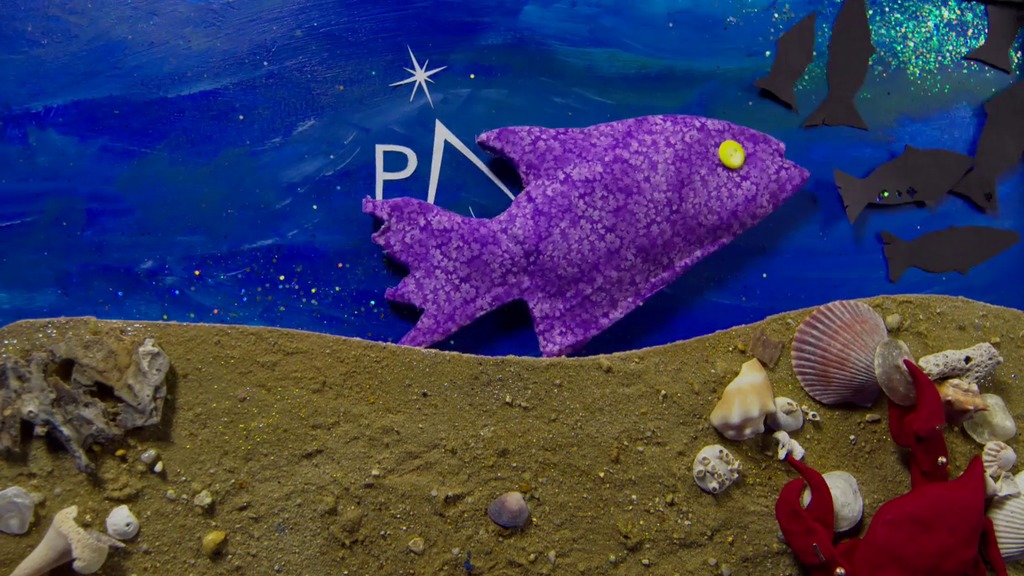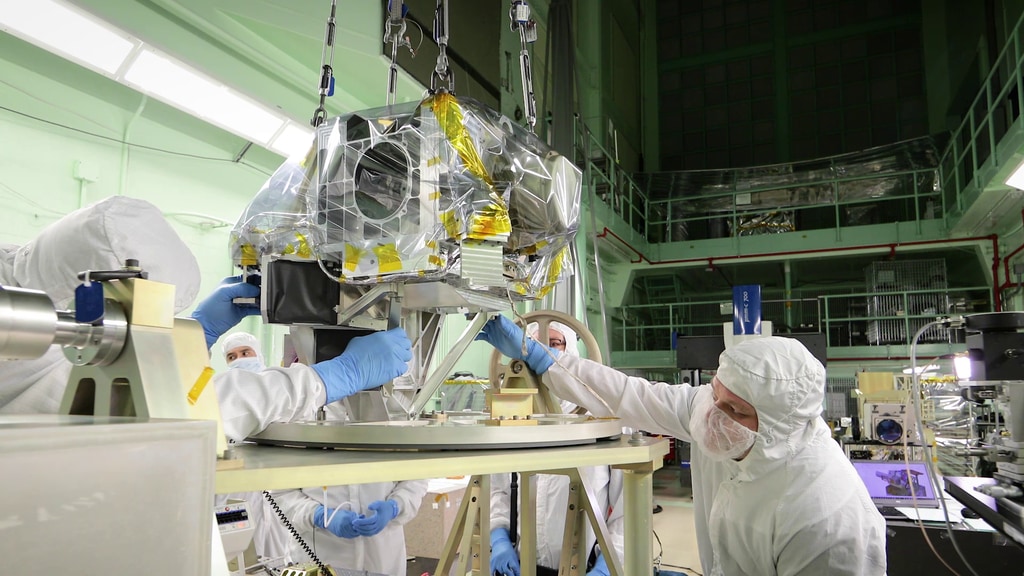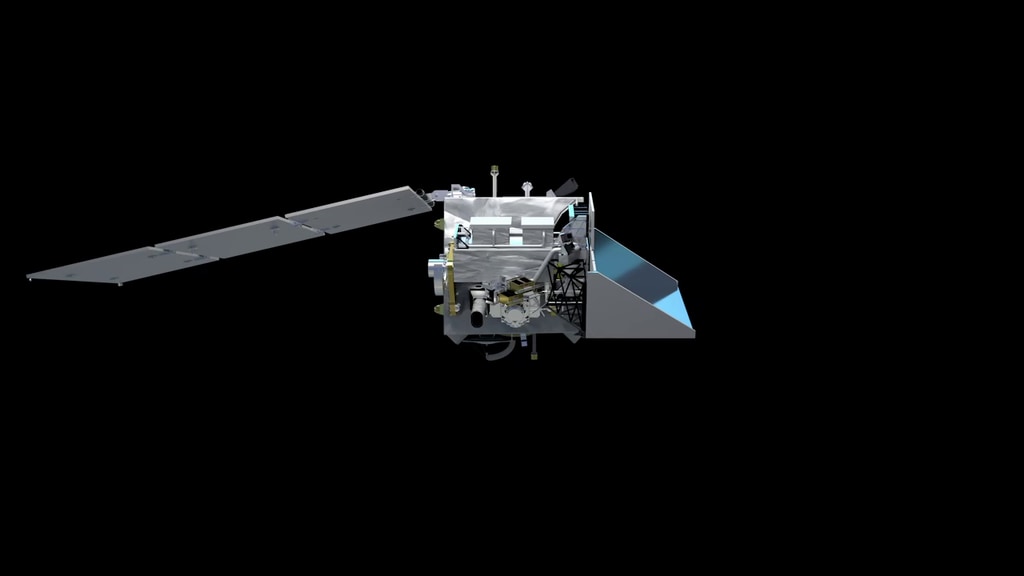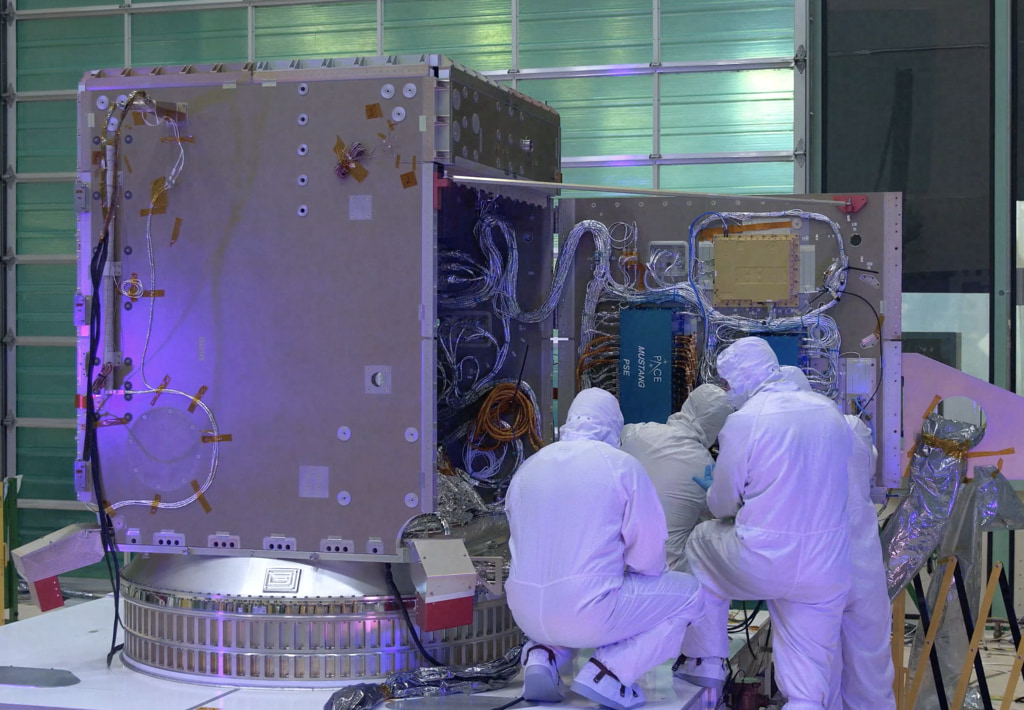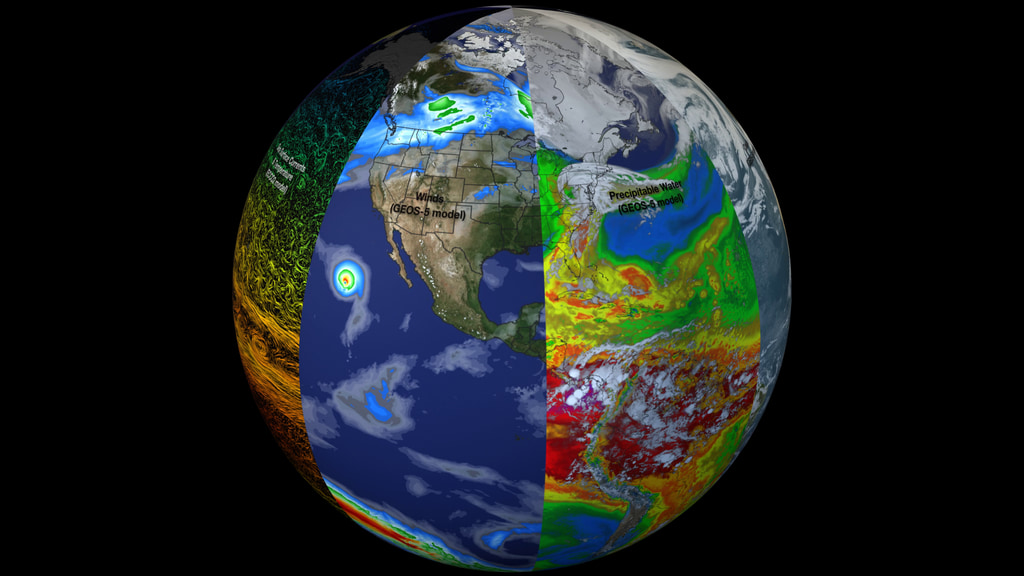PACE
Overview
PACE is NASA's Plankton, Aerosol, Cloud, ocean Ecosystem mission, currently in the design phase of mission development. Launched on February 8, 2024, PACE extends and improves NASA's over 20-year record of satellite observations of global ocean biology, aerosols (tiny particles suspended in the atmosphere), and clouds.
PACE will advance the assessment of ocean health by measuring the distribution of phytoplankton, tiny plants and algae that sustain the marine food web. It will also continue systematic records of key atmospheric variables associated with air quality and Earth's climate.
Visualizations
- Visualization
- Visualization
- Visualization
- Visualization
- Visualization
- Visualization
- Hyperwall Visual
- Visualization
- Section
- Visualization
- Hyperwall Visual
Produced Videos
Edited videos containing interviews, animations, data visualizations focusing on different science and engineering topics with PACE.
- Produced Video
- Produced Video
- Produced Video
- Produced Video
- Produced Video
- Produced Video
- Produced Video
- Produced Video
- Produced Video
- Produced Video
- Produced Video
- Produced Video
- Produced Video
Animations
PACE Satellite Animations
Go to this pagePACE is NASA's Plankton, Aerosol, Cloud, ocean Ecosystem mission, currently in the design phase of mission development. It is scheduled to launch in 2022, extending and improving NASA's over 20-year record of satellite observations of global ocean biology, aerosols (tiny particles suspended in the atmosphere), and clouds. PACE will advance the assessment of ocean health by measuring the distribution of phytoplankton, tiny plants and algae that sustain the marine food web. It will also continue systematic records of key atmospheric variables associated with air quality and Earth's climate. ||
Spacecraft and Instrument Footage
Unedited footage for download.
PACE Integration and Testing Footage
Go to this pageThis is a collection of raw footage of the integration and testing of the instruments and spacecraft for the Plankton, Aerosols, Cloud, ocean Ecosystem (PACE) mission. ||
Prelaunch Science Briefing
Graphics for the speakers during the prelaunch science briefing.
PACE Pre-launch Science Briefing
Go to this pageSpeaker 1: Kate Calvin, chief scientist and senior climate advisor, NASARemarks on how NASA studies our home planet, including changes in a warming climate, for the benefit of humanity. || beachball_2304p.00010_print.jpg (1024x576) [141.7 KB] || beachball_2304p.00010_searchweb.png (320x180) [54.3 KB] || beachball_2304p.00010_thm.png (80x40) [4.3 KB] || beachball_2304p.mp4 (4096x2304) [125.7 MB] || beachball_2304p.webm [13.4 MB] ||
